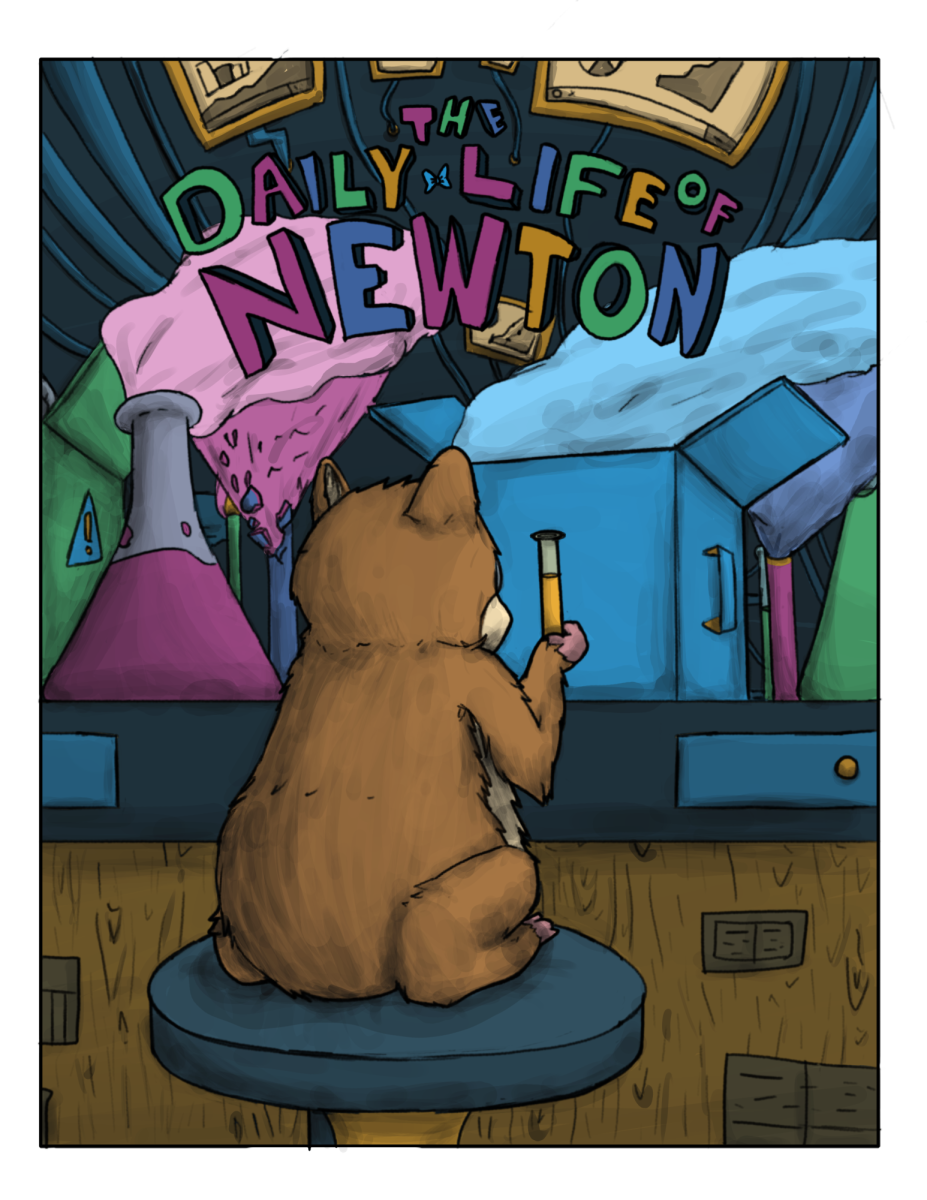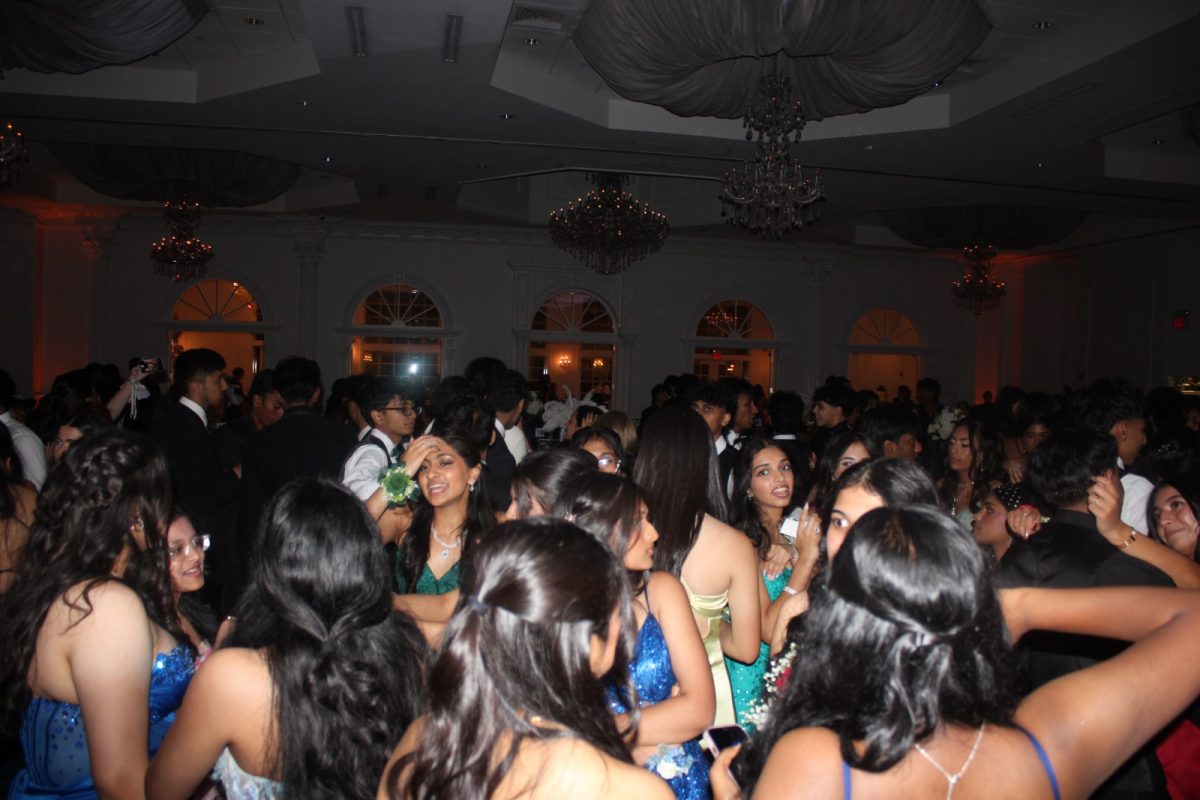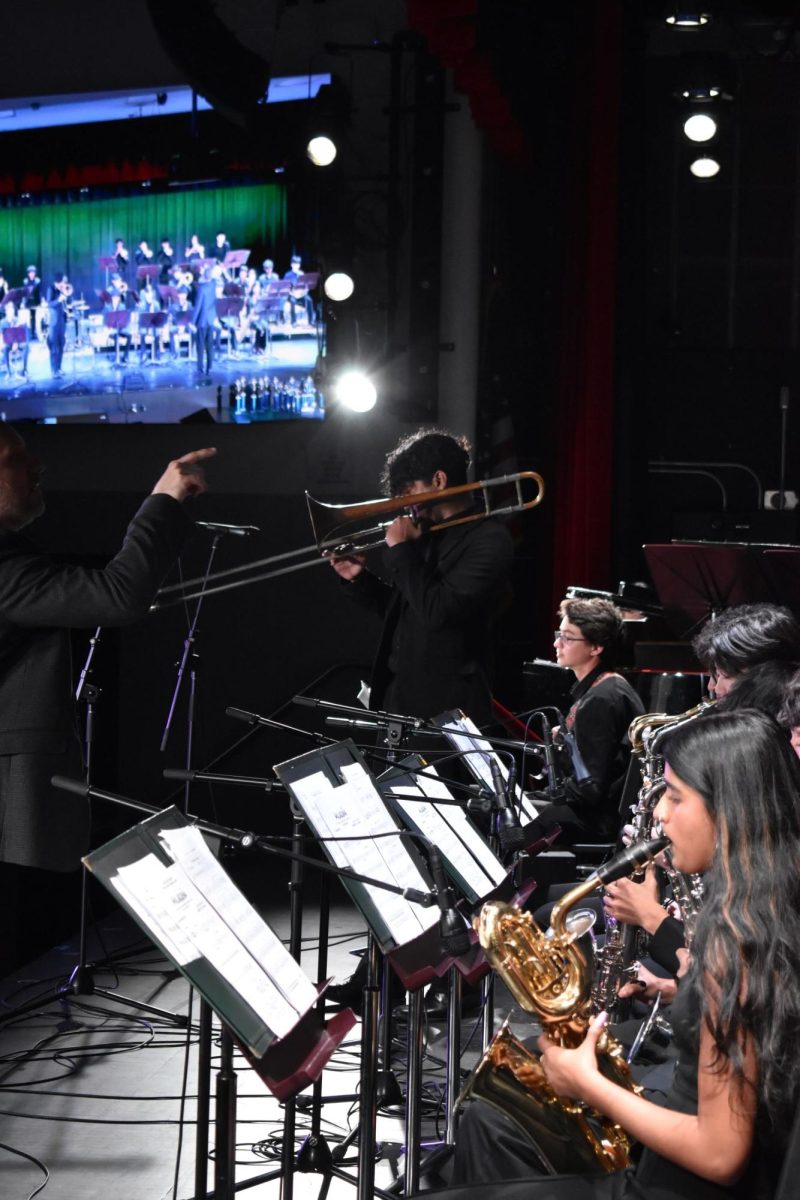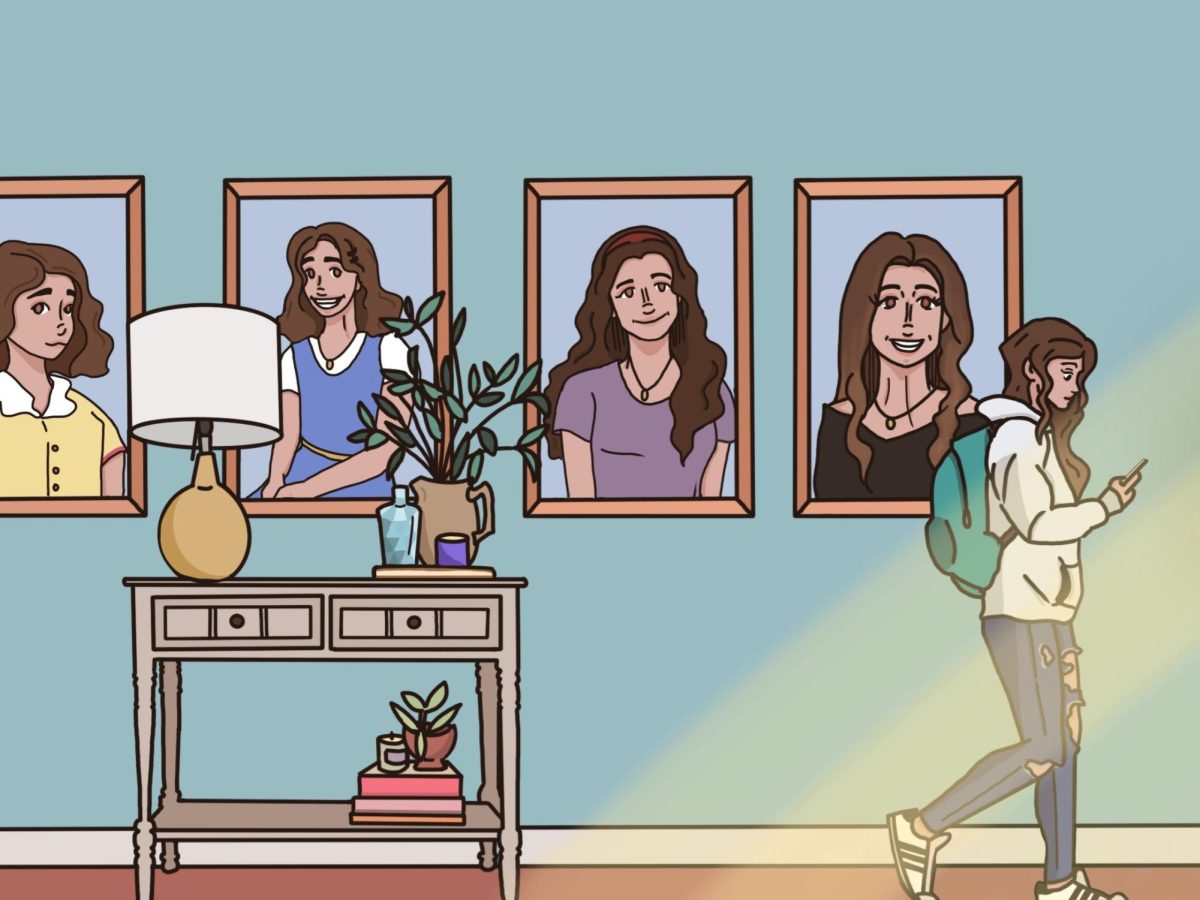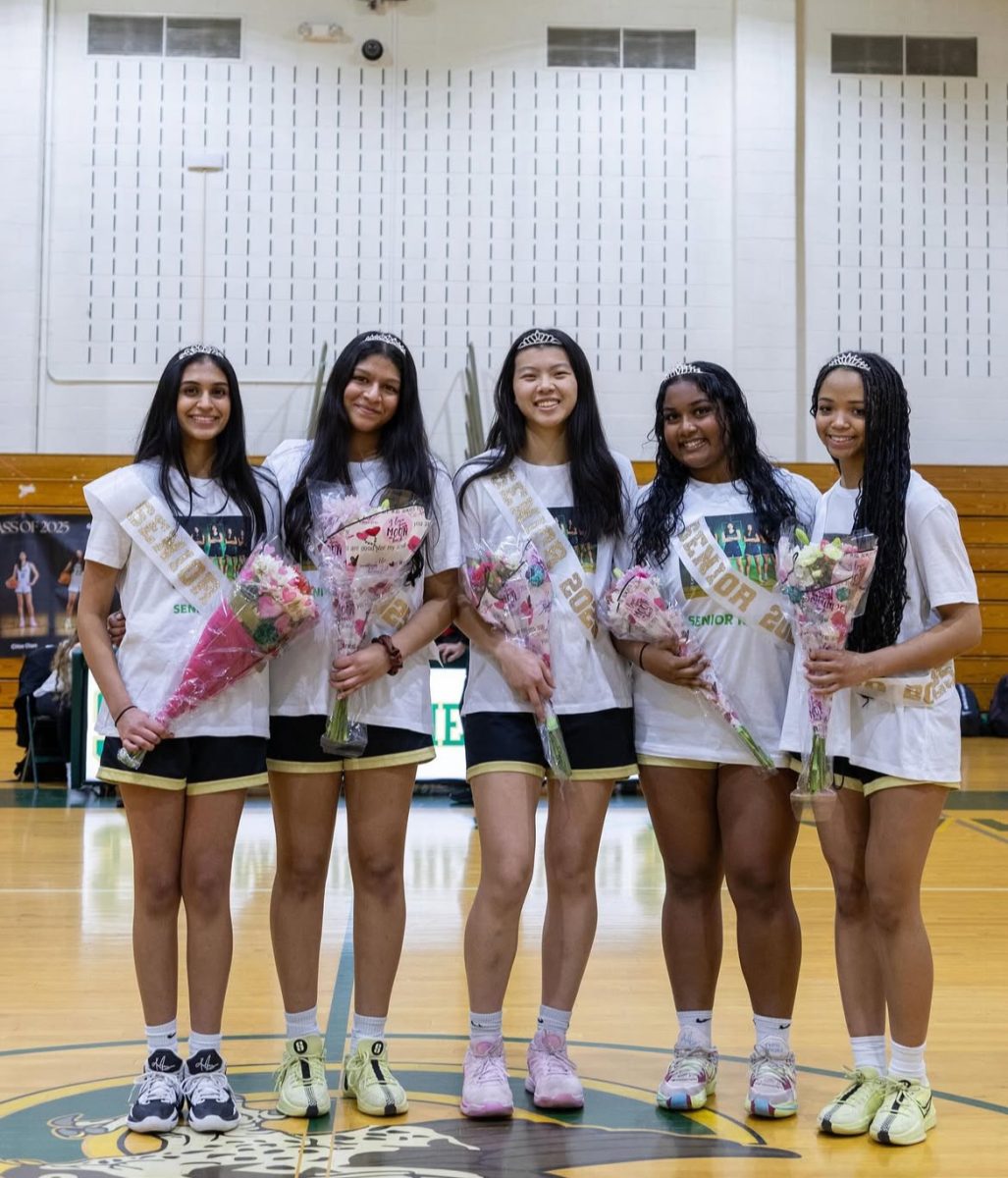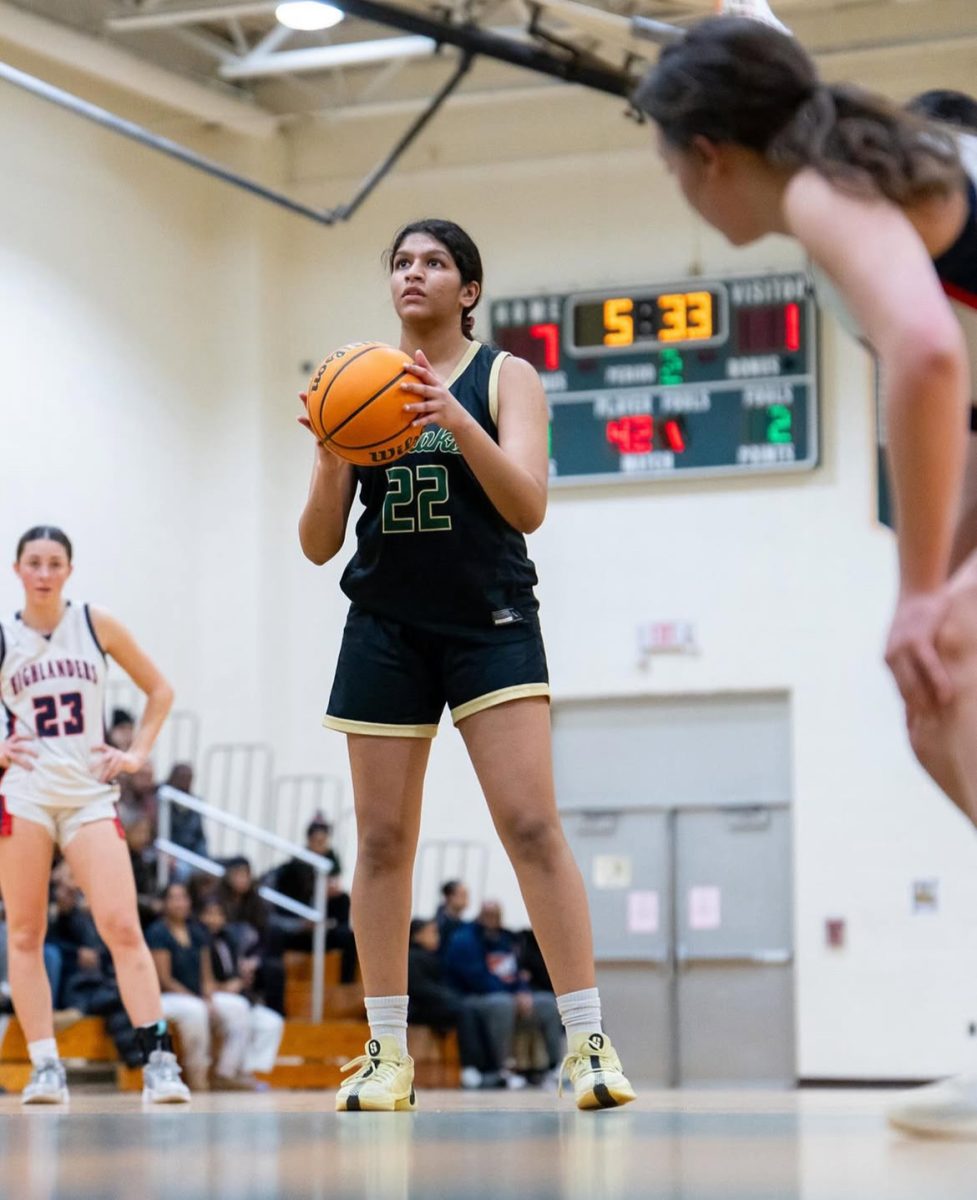Imagine your entire family is huddled up watching a live awards show; some are there to watch a musical performance, others to see who wins Best Pop Album of the Year, but everyone is there to see their favorite movies, songs, or actors recognized. As we settle in for the often drama-filled spectacle of awards shows like the Grammys and Oscars, we all hold our breath for when the winner’s name is called, eagerly anticipating the recognition of our favorite artists and works. Of course, art is subjective, and everybody is entitled to their opinion, so it is inevitable that when one nominee is hailed the best, an argument ensues. If your favorite one wins, you get to proudly witness the creator you were rooting for go on stage to accept their award––and maybe gloat to your friends who were cheering on someone else. Is this really the most effective way to honor and celebrate different forms of creative media, though? Amidst this annual ritual of celebration and disappointment lies a deeper issue plaguing the very essence of these prestigious events: the failure to adequately acknowledge and honor diverse forms of media beyond their conventional categories.
While awards shows claim to celebrate excellence in various forms of art, they often fall short. For instance, consider the treatment of animated films at the Oscars. Despite being a medium of storytelling rather than a genre, animation is almost always relegated to its own category. During the Oscars’ 2022 ceremony, the award for Best Animated Feature was presented by actresses who played Disney Princesses in live-action adaptations, joking about how animated films are what kids enjoy and parents endure. And despite the few exceptions such as Flee that same year, looking at the nominations, you couldn’t prove them wrong. They almost always comprise whatever children’s movie Disney, Dreamworks, Sony, or Netflix put out that year, with maybe a token foreign or indie film with zero chance of winning. During this year’s ceremony, host Jimmy Kimmel introduced it by asking if the voters asked their kids to choose the winner for this part of the ballot, despite a mature PG-13 movie winning. This way of speaking about animated films belittles them and their creators, minimizing the hard work that it takes to sketch out thousands of scenes for an audience’s enjoyment.
Another category frequently marginalized is actually not shown on the actual CBS event at all but rather streamed live on YouTube hours earlier for “the less important awards”: rap album of the year. Keeping genre-specific categories such as country in the time block only serves to exemplify certain genres as dominant to others. Despite rap’s undeniable influence and widespread popularity, it is also almost always only represented in its specific category. Kanye West’s “My Beautiful Dark Twisted Fantasy”, a seminal album frequently recalled as not only one of the best albums of its year but of its decade was omitted from even a nomination for album of the year. And other than the infrequent Latin, African, or Korean tracks, these songs are usually just in English.
Even within established categories like Best Song in a Motion Picture, biases and preconceptions often dictate nominations, favoring songs that conform to Western tastes rather than embracing diverse musical traditions of the world. If it were truly fair, we would likely see more Indian nominations, as, unlike Hollywood productions that rarely contain songs, most high-profile Bollywood productions are musicals. Yet this is not the case, and the nominations are almost always headlined by the few Hollywood movies that bought out a song by a major artist to play during the end credits to get more attention. The one time an Indian song was highlighted, Naatu Naatu, was only done because the movie had gotten attention from Western audiences rather than the quality of the song.
In the end, the failure of awards shows to adequately recognize and celebrate diversity in media reflects a deeper issue of entrenched cultural biases. From overlooking rap music’s contributions to sidelining international voices, these institutions perpetuate a narrow definition of excellence excluding marginalized artists, mediums, and storytellers. This bias is further exacerbated by a sense of American egoism, assuming a universal appeal for Western-centric media. Since the 1900s, it has always been the general thought that everyone listens to American music, everyone watches Hollywood films, and everyone watches Seinfeld. This perspective is clearly close-minded, and is shutting out an entire world of diverse, interesting, and captivating media, just waiting to be as celebrated as Ryan Goslings’ performance in the Barbie movie.










